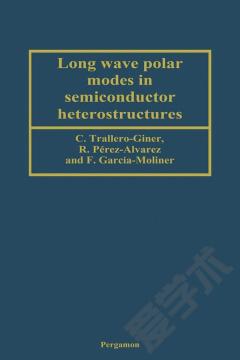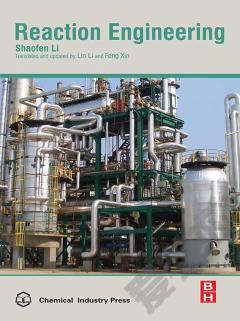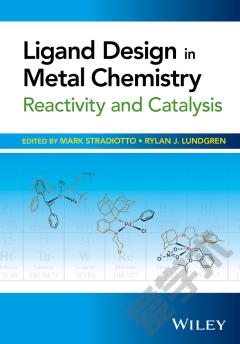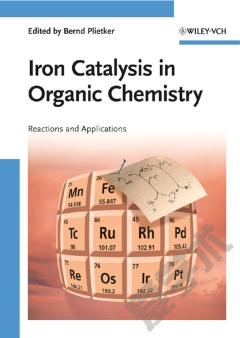Experiments in Catalytic Reaction Engineering
The science of catalytic reaction engineering studies the catalyst and the catalytic process in the laboratory in order to predict how they will perform in production-scale reactors. Surprises are to be avoided in the scaleup of industrial processes. The laboratory results must account for flow, heat and mass transfer influences on reaction rate to be useful for scaleup. Calculated performance based on these results must also be useful to maximization of profit and safety and minimization of pollution. To this end, information on products as well as byproducts and heat produced must be generated. If a sufficiently large database of knowledge is produced, optimization studies will be possible later if economic conditions change. The field of reaction engineering required new tools. For kinetic and catalyst testing, the most successful of these tools was the internal recycle reactor. Studies in recycle reactors can be made under well-defined conditions of flow and associated transfer processes, and close to commercial operation. The recycle reactor eliminates or minimizes the effect of transfer process, and allows the remaining ones to be known. Features of this book: - Provides insight into a field that is neither well understood nor properly appreciated. - Gives a deeper understanding of reaction engineering practice. - Helps avoid frustration and disappointment in industrial research. This book is short and clear enough to assist all members of the R&D and Engineering team, whether reaction engineers, or specialists in other fields. This is critical in this new age of computation and communication, when team members must each know at least something of their colleagues'fields. Additionally, many scientists in more exploratory or fundamental fields can use recycle reactors to study basic phenomena free of transfer interactions.
{{comment.content}}








 京公网安备 11010802027623号
京公网安备 11010802027623号